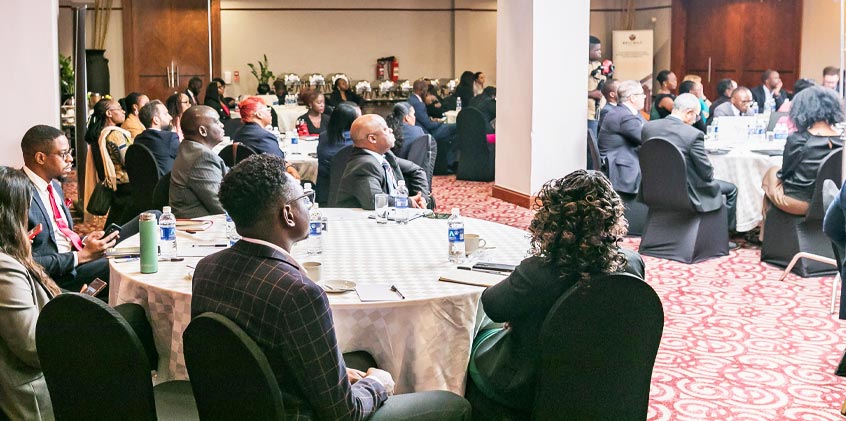Annual General Meetings (AGMS) are crucial events for organisations, offering opportunities to engage stakeholders, review company performance, and plan for the future. Ensuring AGMs are conducted efficiently and effectively is crucial for maintaining transparency, fostering trust, and fulfilling legal obligations. To ensure a successful AGM that is fair and transparent for all attendees it is paramount that the best practices are followed when conducting the meeting. This article will outline some of these best practices.
- Early planning and Communication: begin planning the AGM well in advance to allow for enough time for logistics, agenda setting and attendance notifications. Clear communication with stakeholders, board members and other attendees about the date, agenda and procedures also can help ensure maximum participation and engagement.
- Accessibility and Inclusivity: make sure the AGM is accessible to all stakeholders. Consider offering both physical and virtual attendance options to accommodate diverse preferences and possible geographical constraints. Remember to test out technical aspects of virtual attendance beforehand to avoid disruptions.
- Effective Chairing: appoint a skilled chairperson who can manage the meeting effectively and maintain focus on agenda items as well as facilitate discussions. The chairperson should facilitate discussions while keeping in mind time constraints.
- Follow the Proper Procedures: Ensure to follow all the necessary procedures for convening and conducting the AGM. This may involve providing notice of the meeting, distributing necessary materials, and following rules for voting or holding elections. Procedures are usually contained in the company’s articles of association or constitution.
- Transparent Financial Reporting: present the financial reports clearly and understandably and provide the shareholders the opportunity to ask questions and seek clarification regarding financial performance, corporate governance practices and future projections.
- Foster a sense of inclusivity: Foster engagement by allowing shareholders to express their views, ask questions and propose resolutions. Q&A sessions provide valuable insights and strengthen shareholder relations.
- Follow-up and documentation: Ensure that minutes are clear and concise and make sure to share the minutes with the stakeholders promptly after the meeting.
- Compliance and Governance: Ensure that the AGM complies with regulatory requirements, and voting procedures specified in the organisations’ by-laws and relevant laws. Maintain and uphold principles of good governance throughout the meeting process
- Continuous Improvement: Request feedback from attendees post-AGM to identify what areas of improvement are required for future meetings. Use the feedback you get to refine meeting processes, enhance engagement and address any concerns raised by shareholders.

By adhering to the aforementioned, companies can conduct AGMs that are not only compliant with legal obligations but also serve as valuable platforms for fostering shareholder trust and long-term company success. Effective AGMs demonstrate commitment to transparency, accountability, and stakeholder engagement, thereby laying a good foundation for sustainable corporate governance.
For more information on how to successfully conduct your AGMs contact us on Zambia@bellmacconsulting.com.
